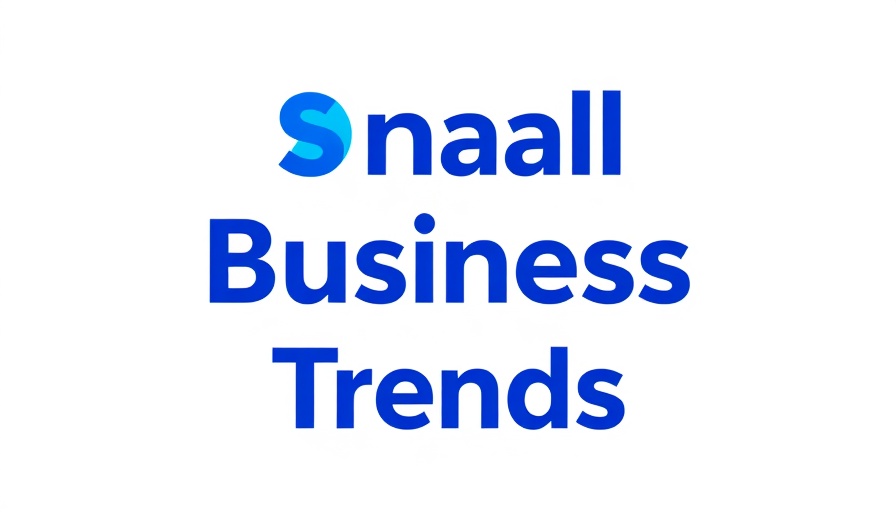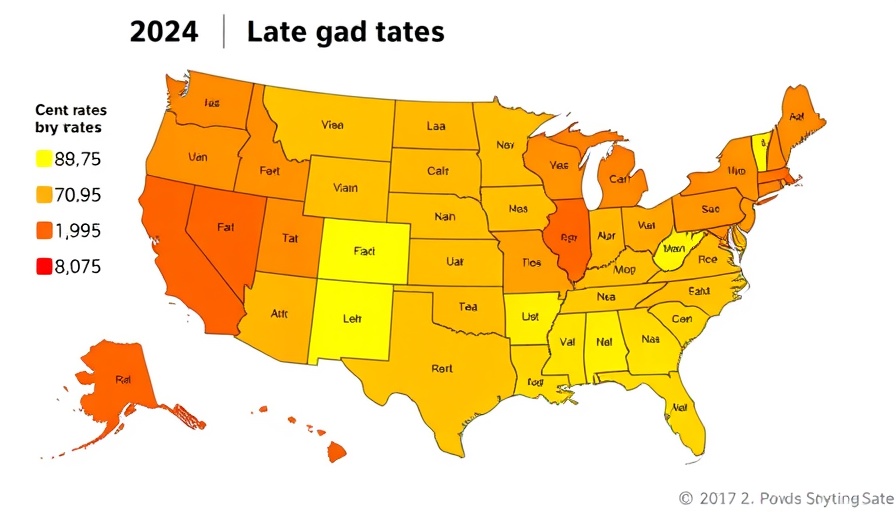
Empowering Entrepreneurs: PayPal and Global Citizen’s $125K Initiative
In a commendable effort to elevate community-driven entrepreneurs, PayPal has teamed up with Global Citizen to unveil the Global Citizen and PayPal Small Business Impact Awards. This program allocates a generous $125,000 total in cash prizes, designed to honor and support those small businesses that are paramount in implementing positive social and environmental changes within their communities.
The Significance of Small Businesses in Community Development
According to Liza Henshaw, President of Global Citizen, the role of small businesses cannot be overstated. These enterprises are essential to the vitality of local economies and cultures. They are not just centers of trade; they are core to community identity and resilience. By recognizing those who strive to create a positive impact, this initiative seeks to validate and uplift those entrepreneurs committed to both profit and purpose.
Applications Are Open: A Chance for Growth
Starting now, entrepreneurs can submit their applications until August 15, 2025. To qualify, businesses must demonstrate their contributions to community development, sustainable practices, or educational opportunities. This emphasis not only highlights the importance of responsible business practices but also encourages a broader dialogue about sustainability in the marketplace. Beyond just the monetary awards, winners will gain access to a masterclass on brand-building, imparting essential skills to elevate their business practices.
Small Business Challenges in Applying
While the initiative is promising, it comes with its own set of challenges for applicants. Small business owners often juggle numerous responsibilities, making the application process seem daunting. The evaluation process encourages introspection on operational sustainability and alignment of business strategies with social goals. This could require significant time and clarity, which many entrepreneurs may struggle to find within their already busy schedules.
Community Engagement: A Collective Push
Global Citizen is urging community members to rally behind this initiative by spreading the word through social media platforms. Grassroots engagement can amplify visibility and encourage more businesses dedicated to social responsibility to apply. Such community involvement fosters a network of changemakers, bringing together those who are not just focused on profit but on making a substantial difference.
Future Opportunities in Sustainable Entrepreneurship
The implications of winning this award extend far beyond immediate financial relief. Winners can expect not only a morale boost but tools and strategies for sustainable growth and expanded visibility. As economic landscapes shift towards prioritizing ethical business practices, entrepreneurs who align themselves with these values can position themselves competitively and responsively against market demands.
By placing emphasis on community-oriented practices, PayPal and Global Citizen's initiative sets a precedent for the importance of social responsibility in business, urging a shift in mentality among entrepreneurs. For those considering application, it’s not just about winning; it’s about contributing to a greater movement.
 Add Row
Add Row  Add
Add 

 Add Row
Add Row  Add
Add 



Write A Comment